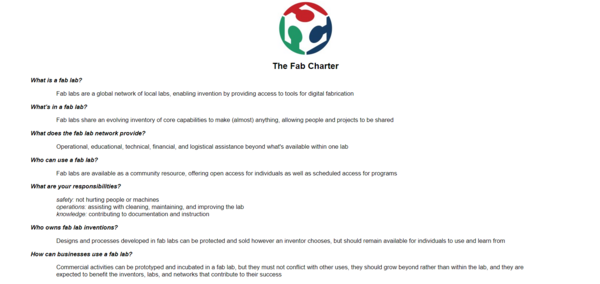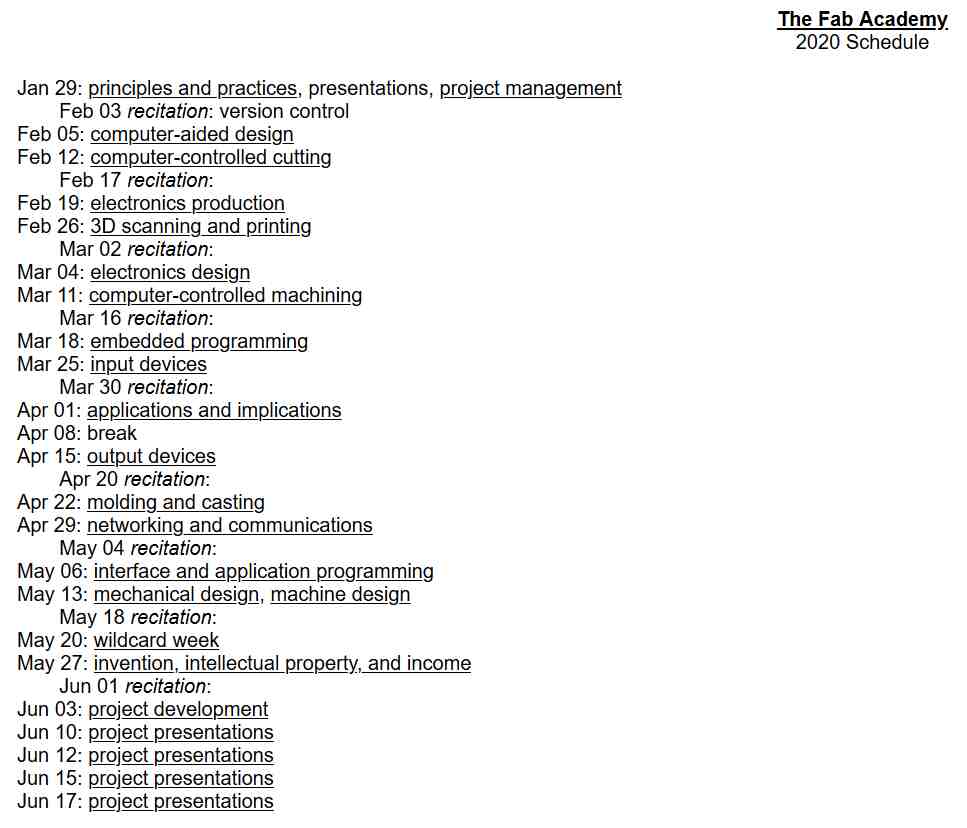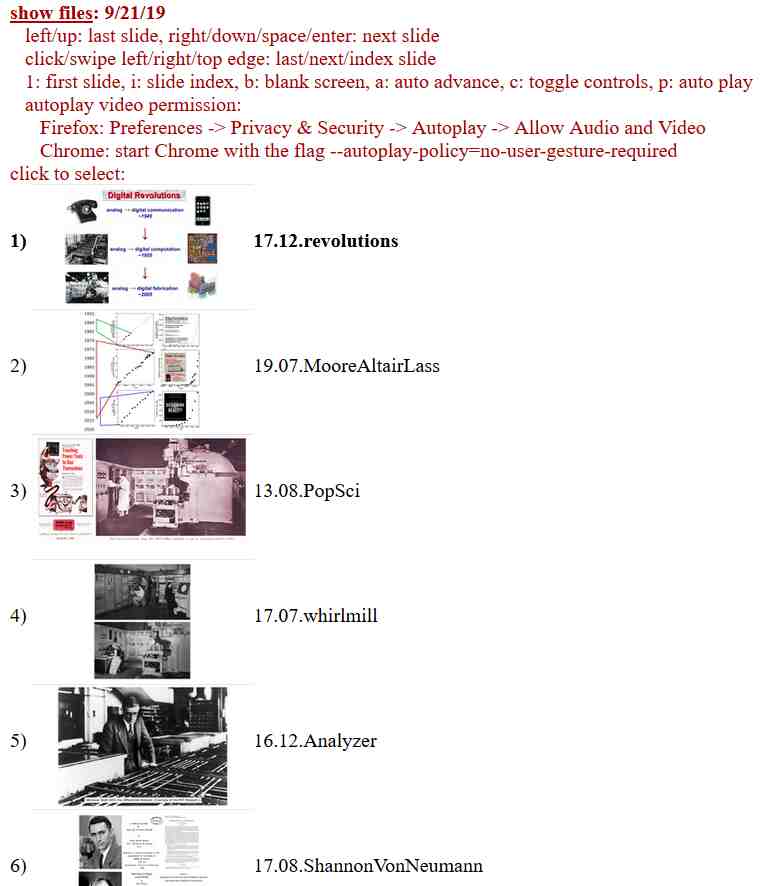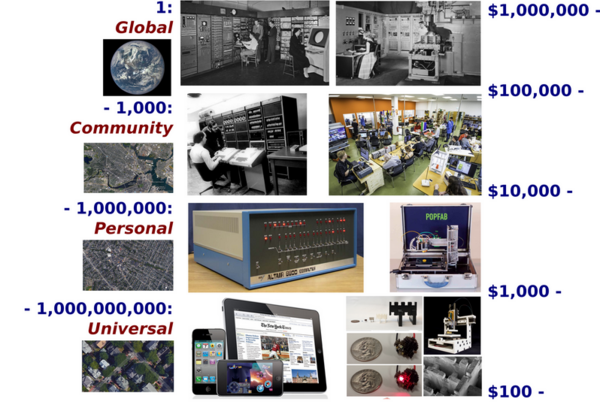Fabacademy: how to make (almost) anything

Principles and practices


Notes:
- Center for bits and atoms: crossing the border of the digital and the physical
- Digital fabrication => personal fabrication
- Local nodes in international network
- Building a collaborative network, learning from each other
- Fab city > consumers becoming creators (https://fab.city/, Barcelona is pioneering)
- Companies growing out of fablabs like http://cba.mit.edu/docs/papers/17.03.peek.pdf (but you still buy the machine instead of make it)
- Modular hardware > learning how to make machines
- Biology/living materials/genes and computing, communication, fabrication and computation, an algorithm that contains you > self reproducing systems, computation for it’s own reproduction (Von Neumann, Turing)
- If anyone can make anything (empowering so many), it creates this whole new notion of an economy/company/etc, what are the implications? (book Designing Reality by Neil Gershenfeld)
Machines that make machines that make machines:

What you’ll learn each week:
- What it is and when to use it
- The basics (how to use it)
- Where to learn more
Project management
- Git version control system: remote and local versions (open source; Github is the platform for the cloud, gitlab (https://gitlab.fabcloud.org/) instance is used for fabacademy)
- Building a personal site
- Lowest level: synchronization
- Rsync
- Web development (local web server or local files) for documentation (https://developer.mozilla.org/en-US/docs/Learn)
http://academy.cba.mit.edu/classes/project_management/index.html